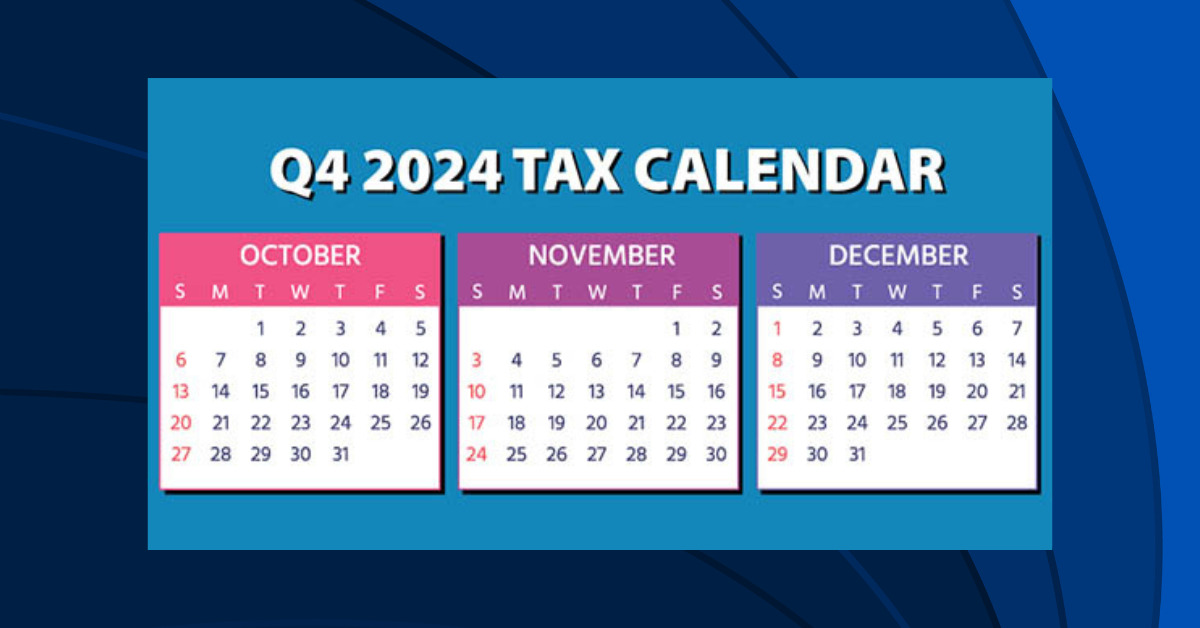Online and mobile banking apps have become wildly popular. According to a 2023 study by Consumer Reports (CR), 75% of Americans use one or more banking apps to check their balances, monitor transactions, transfer and receive money, deposit checks, pay bills, and perform other tasks. Of those who use banking apps, 77% use them at least once a week — and 32% use them every day, or nearly every day.
In March 2024, CR published a report, “Banking Apps: The Case Study for a Digital Finance Standard.” For this report, CR evaluated 10 popular mobile banking apps — five offered by large traditional banks and five offered by “digital” (that is, online only) banks. CR found that many apps fall short, particularly when it comes to fraud protection, privacy and accessibility. Here are some additional highlights from the report.
Fraud protection
Although CR’s 2023 survey found that the vast majority of users feel confident that their banking apps adequately protect them against fraud and scams, the 2024 report concluded that the banking apps generally don’t “adequately commit to real-time fraud monitoring and notifying users in the event of suspicious activity.” Also, while most banks provide users with basic fraud education on their websites, some fail to provide similar information in their apps.
CR recommends that banking apps make explicit commitments to real-time fraud monitoring and fraud notifications to users. The apps also need to increase education about scams and fraud.
Privacy
According to CR, “Most of the banking apps we reviewed share data beyond what is required to provide the service the user requests, and only some banking apps offer the ability to opt out of targeted advertising.” The report recommends that banks “practice true data minimization” in their apps.
It also suggests that banks should provide more meaningful information about data that’s shared with third parties. Finally, banks need to provide in-app controls over data sharing and targeted advertising to make it easy for users to opt out.
Accessibility
CR found that many banking apps are lacking when it comes to accessibility for users with disabilities. In addition, the apps aren’t necessarily accessible for those whose primary language isn’t English.
The report urges banks to “build robust accessibility features directly into mobile apps and websites,” particularly for users with visual or hearing disabilities. It also recommends making apps and account information available in Spanish and other languages.
Financial well-being
According to the report, digital banks offer maintenance fee structures that benefit users’ financial health, while traditional banks fall short in this regard. CR also found that banking apps are inconsistent in offering tools and features designed to help users improve their financial well-being, such as automated savings features, budgeting tools, goal-setting features and spending indicators. Plus, most users don’t take advantage of these resources. The report concluded that banks “can do more to educate their customers about the importance of saving and budgeting and make app design decisions that encourage active use of these tools.”
CR recommends that banks eliminate maintenance fees, seamlessly embed interactive financial health tools in their apps and track user financial well-being metrics as institutional key performance indicators.
Best practices
As mobile banking apps continue to grow in popularity and functionality, the CR report provides a useful guide to best practices when designing these apps. Banks can create a competitive edge by ensuring their mobile banking apps are up to speed. Contact us for more information.
© 2024









